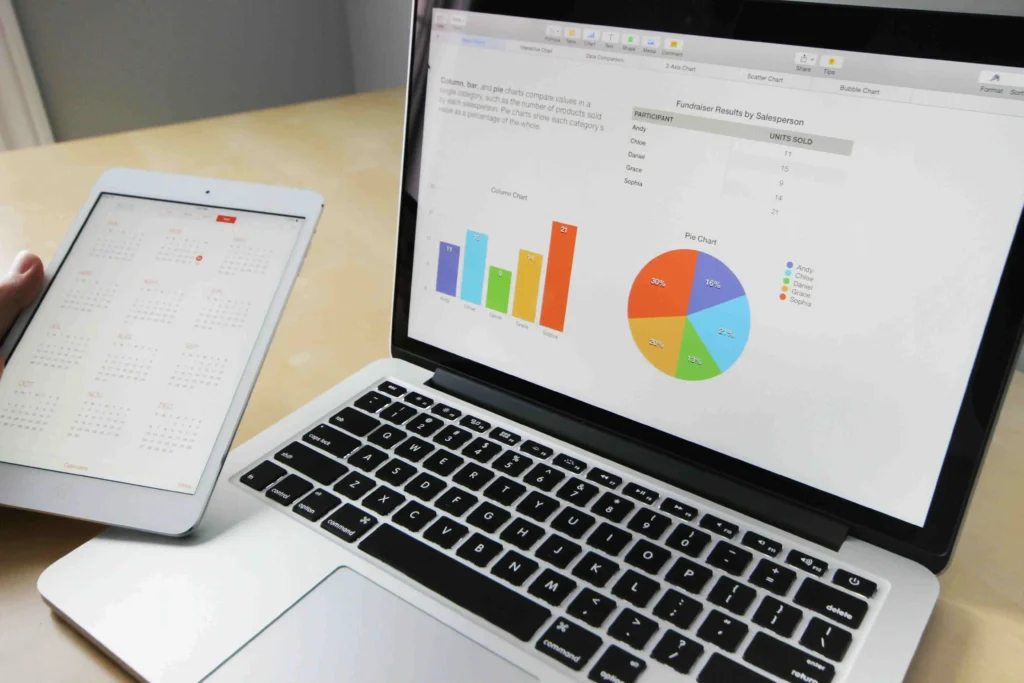The Curious Case of Death Clock Apps: A Collection of Concerns and Considerations
The recent surge in popularity of AI-powered “death clock” apps has sparked a fascinating and somewhat unsettling debate. These apps, using complex algorithms and user-provided data, attempt to predict the date of a person’s death. While the accuracy remains highly questionable, their existence raises important questions about our relationship with mortality, data privacy, and even the financial implications. This post delves into the collection of concerns and considerations surrounding this burgeoning trend

The Allure and the Anxiety: Why We’re Fascinated (and Frightened)
The human fascination with mortality is ancient. We’ve always sought to understand and, perhaps, control our lifespan. Death clock apps tap into this primal curiosity, offering a seemingly concrete, albeit unsettling, answer to the ultimate unknown. The appeal lies in the illusion of control – the belief that armed with this prediction, we can better prepare for our final days.
However, this very prediction can also generate immense anxiety. The potential for psychological distress is significant, particularly for individuals predisposed to anxiety or those with pre-existing health concerns. The app’s prediction, even if statistically improbable, can become a self-fulfilling prophecy, impacting mental and physical well-being. Imagine the impact on a user receiving a prediction that conflicts sharply with their own expectations and hopes for the future. This is a serious consideration that developers of these applications must address.
Data Privacy: A Ticking Time Bomb?
The functionality of these death clock apps hinges on the collection of sensitive personal data. Users are typically required to provide extensive information, including medical history, lifestyle choices, and family history. This data, in the wrong hands, could be exploited for various nefarious purposes – from identity theft to insurance fraud.
The lack of transparency regarding data security and usage practices in many of these apps is a significant concern. Are robust security measures in place to protect this sensitive information from breaches? Are users given full control over their data and informed consent regarding how their information will be used? These are vital questions that demand comprehensive and transparent answers from app developers.
Financial Implications: A New Frontier for Insurers?
The article linked highlights the interest of financial experts in death clock apps. The potential applications in the insurance industry are vast. Imagine tailored insurance premiums based on an individual’s predicted lifespan, or more accurate actuarial models for life insurance companies.
However, such applications raise complex ethical and regulatory issues. Could this lead to discrimination against individuals predicted to have shorter lifespans? What safeguards are needed to prevent unfair or discriminatory practices? The potential for exploitation and abuse is undeniable, highlighting the necessity for stringent ethical guidelines and regulations in this space.
The Accuracy Question: A Crystal Ball or a Gimmick?
The most fundamental question surrounding death clock apps is their accuracy. These algorithms, while sophisticated, rely on statistical models and cannot predict individual events with precision. Many factors influencing lifespan, such as unforeseen accidents or breakthroughs in medical science, are simply beyond the scope of any predictive model.
Therefore, it’s crucial to approach these apps with a healthy dose of skepticism. Viewing the predictions as anything more than speculative entertainment could have damaging psychological consequences. The inherent limitations of these apps should be explicitly communicated to users to avoid unrealistic expectations and potential harm.
A Call for Responsible Development and Regulation
The proliferation of death clock apps necessitates a proactive approach to responsible development and regulation. This includes:
- Strict data privacy regulations: Ensuring transparent data handling practices and robust security measures to protect user information.
- Ethical guidelines for developers: Promoting the responsible use of AI and preventing potentially harmful applications.
- Transparency about limitations: Openly communicating the limitations of the algorithms and the uncertainty inherent in life expectancy predictions.
- Psychological impact assessments: Evaluating the potential for psychological harm and implementing safeguards to mitigate risks.
- Regulatory oversight: Establishing clear regulatory frameworks to address the ethical and practical challenges posed by these apps.
The rise of death clock apps presents both opportunities and challenges. While the allure of knowing one’s future may be tempting, it’s vital to approach this technology with caution and critical thinking. Responsible development, rigorous regulation, and informed user awareness are essential to navigate the ethical and practical considerations surrounding these intriguing, yet potentially hazardous, applications.





